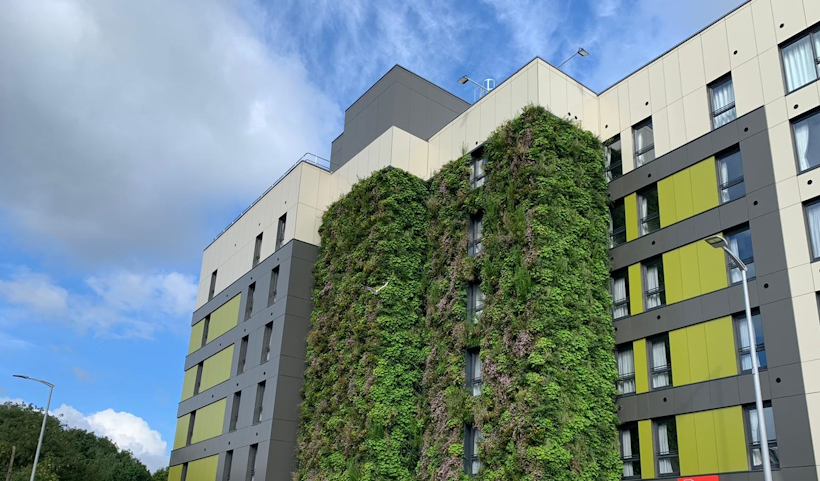Following a consultation period in Spring 2019, it was announced that Biodiversity Net Gain would be included as part of a new legal framework aiming to improve air and water quality, protect wildlife, increase recycling, and reduce plastic waste – The Environmental Bill.
But what exactly is Biodiversity Net Gain, when can we expect it, and how can we prepare? Read on as we explore everything you need to know about Biodiversity Net Gain.
What is Biodiversity Net Gain?
Biodiversity Net Gain (or BNG) sits within the Environmental Bill, which will be part of a new domestic structure given the UK no longer comes under EU law post-Brexit. It was initially anticipated as passing into law in the summer of 2020, but now likely to received Royal Assent in Autumn 2021, envisaged with a two-year transition period.
Once in force, the bill will require all development programs to deliver a mandatory 10% biodiversity net gain to be maintained for a project of at least 30 years.
The concept aims to provide measurable improvements for biodiversity by enhancing and creating habitats through development, and must “leave biodiversity in a better state than before”.
But in order to provide an indication of ecological improvement, a site must be measured prior to development. This can be achieved through what is known as a Preliminary Ecological Assessment.
What is a Preliminary Ecological Assessment?
A Preliminary Ecological Assessment (also known as an Extended Phase 1 Habitat Survey) is an ecological evaluation method which measures the existing ecological values of a site and identifies any ecological constraints to a proposed development.

Biodiversity Net Gain exceptions
Like most legal frameworks, BNG will have its exemptions, which are currently on thin ground. As it stands, the only exemptions from the requirement under the Bill are for permitted development, household extensions, NSIPSs and marine development.
The list of exemptions could alter though, and is likely to increase before the proposed passing in Autumn this year (2021).
Is it a legal requirement to achieve Biodiversity Net Gain?
At the time of writing (May 2021), BNG is not a legal requirement, but this is set to change.
If the bill passes in its current format, then a requirement for developments (with the exemptions listed above) to deliver at least a 10% biodiversity net gain will be written into the Town and Country Planning Act 1990.
With that covered, let’s take a look at what Biodiversity Net Gain means for affected landowners and developers moving forward.

What does Biodiversity Net Gain mean for landowners and developers?
Even now, landowners and developers are being asked to determine and evidence a project’s final BNG value if they want their plans to move through the planning process swiftly.
Many local planning authorities are already requesting this type of information, which is why it’s recommended that BNG for both current and future projects are considered to prevent costly delays down the line.
After all, BNG is looking to become a legal requirement in near time, so why not become prepared?
How to achieve Biodiversity Net Gain
Are you an architect, specifier or consultant? Would you like to better understand the new metrics and calculations, as well as how to assess different GI systems to hit the BNG targets? And what about successfully integrating GI systems into your projects for the long-term?
Fortunately for you, at Viritopia, we’ve partnered with AECOM to produce two best practice guides to help you navigate the new BNG regulations. Reviewed and approved by DEFRA, Natural England, BRE and UKHab, our guides provide you with the information needed to design and complete successful projects in line with Biodiversity Net Gain. You can learn more and access these here.
We also held a panel discussion the other day where we were joined by 3 experts experienced in dealing with BNG. We recorded it too, so feel free to listen here!
Alternatively, if you have any questions around BNG, or would like to discuss an upcoming project, contact our expert team at Viritopia – we’re standing by and would love to chat.
_bbwmu.jpg?w=4000&q=90&auto=format&fit=crop&crop=edges,focalpoint&fm=png)
